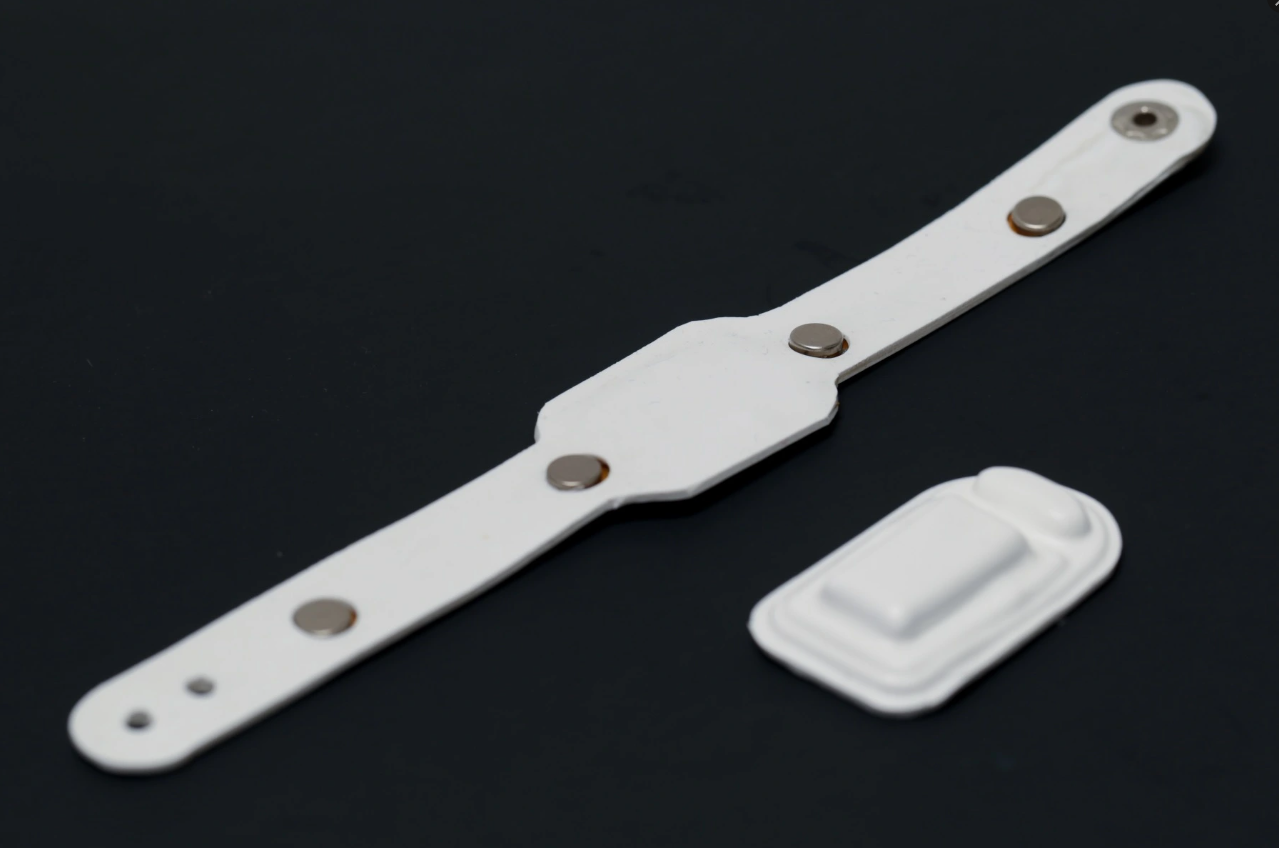This smart wearable will let you know if it’s time to speak softly
- Tram Ho
Injury to the vocal cords is a fairly common phenomenon in music stars. From old-school icons like Freddy Mercury and Julie Andrews to modern-day legends like Adele and Justin Timberlake, they’ve all battled vocal cord disease. These singers all underwent corrective surgery and took weeks of complete silence to regain their normal voice.
Of course, such injuries can also affect ordinary people who are not in the singing career.
To limit this, most recently, a research team at Northwestern University (USA) has developed a wearable sensor device capable of alerting every time you speak too loudly, which puts pressure on the organ. larynx and surrounding tissues.

This can help avoid injuries that can permanently change your voice, providing much-needed relief to your larynx and other connective tissues that play a role in your ability to speak, read, and sing. Friend. This is the latest in a series of recently launched health wearable devices, following the smart necklace that can help you quit smoking.
The team led by bioelectronics expert Dr. John A. Rogers has created a unique sensor that will measure the amplitude and frequency of your voice when speaking or singing. “Being aware of those parameters, both at the point in time and cumulatively over time, is essential for managing healthy vocal patterns,” explains Rogers.
The sensor complex uses these parameters to measure the pressure exerted on your vocal cords. However, it is also capable of recording other core metrics such as volume, speaking duration, and time of day.
The main task of the device, of course, is to monitor voice pressure in the real world using everyday life situations, rather than just in clinical experiments when damage has already taken place.
The wearable, which looks like a small bandage and communicates through a smartphone app, senses the vibrations produced by the laryngeal tissue instead of recording the sound with a microphone for analysis.

Once a threshold has been set, the wearable will vibrate every time the wearer exceeds that limit. The neckband also integrates its own battery and a series of motors to monitor voice activity at different ranges.
All data is transmitted via Bluetooth to the mobile app, where users can also see a breakdown (in graphical form) of their voice.
The team has also developed an accompanying device, which looks like a wristband and has vibration motors inside (see photo above). Every time the user exceeds the voice stress threshold, the wearable vibrates to alert them, just like your regular smartwatch.
Notably, you don’t need a wristband if you already own a smartwatch. The technology works well with any smartwatch equipped with a haptic sensor to generate those important vibration alerts.
And since there’s no need to record audio data, privacy concerns have also been addressed. The team is also testing adding more sensors that can measure heart rate, temperature and respiratory activity to create a more holistic view of how other types of movement affect the vocal system and performance. they.
To train the basic machine learning algorithms so that the device doesn’t mistake when the user sings and speaks, the team ‘relied’ on opera students and classical singers.
Accordingly, the team recorded samples of their pronunciation activity for a variety of situations — such as singing, humming, reading, etc. — to refine the algorithms using 5,000 one-second clips of each person. join.
Thanks to rigorous training, the algorithm is able to distinguish between vocals and normal speech with 95% accuracy.
This utility will support data-driven analysis of speech usage patterns, allowing physicians to recommend changes to an individual’s vocal needs, which will not only help reduce vocal cord fatigue but also speed up the recovery process.
As mentioned above, many singers who have undergone vocal cord surgery will have to practice a strict non-speech routine for weeks to speed up their recovery.
With this latest device, it will enable patients and physicians to understand speech usage patterns and tailor speech needs to reduce voice fatigue and speed recovery from speech disorders. . However, at the moment, it is not known when the wearable will hit the shelves as a medical device or be publicly sold as a commercial product.
Refer to DigitalTrends
Source : Genk
